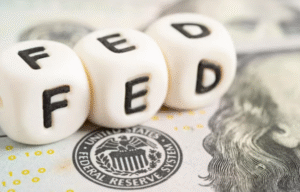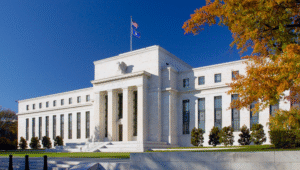$SPY $XRT $BTC
#StockMarket #Investing #WallStreet #Finance #RetailSales #Economy #USConsumer #Inflation #InterestRates #MarketTrends #Crypto #EconomicGrowth
The U.S. stock market recorded gains for the second consecutive day as investors reacted to economic data showing continued resilience in consumer spending. February retail sales increased compared to the previous month, despite coming in below economists’ expectations. This signals that American consumers remain active in the economy, which is critical given that consumer spending accounts for nearly 70% of U.S. GDP. While the market initially showed some hesitation ahead of the report, optimism about sustained consumer activity helped lift equities. Investors continue to monitor retail trends, particularly since consumer sentiment and purchasing power are directly tied to inflationary pressures and labor market conditions. Major indices, including the S&P 500, inched higher as sentiment remained positive despite broader concerns regarding Federal Reserve policies and potential rate cuts.
Retail stocks saw mixed movements following the sales report. The SPDR S&P Retail ETF ($XRT) showed steady trading activity as investors weighed the outlook for consumer demand amid persistent inflationary pressures. Although the retail sector had been facing headwinds such as higher costs and shifting consumer preferences, February’s sales data suggest that spending remains stable rather than contracting. This supports a cautiously optimistic outlook for retail and e-commerce companies. Major retailers and consumer-facing firms will now be closely watched as corporate earnings provide further insights into purchasing patterns and future guidance. Additionally, analysts will assess whether recent consumer resilience is sustainable, especially as rising household debt and high borrowing costs could weigh on discretionary purchases in the months ahead.
The Federal Reserve’s monetary policy remains a key factor influencing market behavior. Inflationary concerns and interest rates continue to shape economic expectations, and with the central bank maintaining a data-dependent stance, retail spending figures add another dimension to ongoing policy deliberations. If consumer demand softens in future reports, it may provide the Fed with more room to consider rate cuts later in the year. However, strong consumption means inflationary pressures could persist, reinforcing a more cautious approach from policymakers. Bond yields remained steady following the release of the retail sales data, suggesting that investors are still gauging the Fed’s next moves. Recent statements from Fed officials indicate that they are not in a rush to alter rates aggressively, underscoring the importance of upcoming economic data releases, including inflation reports and labor market statistics.
In the broader financial landscape, cryptocurrency markets remained volatile as Bitcoin ($BTC) and other digital assets attempted to regain momentum amid fluctuating investor sentiment. Digital assets have been increasingly correlated with macroeconomic trends, including interest rates and inflation data. A strong consumer spending environment often translates into higher risk appetite across financial markets, including equities and crypto. Despite recent pullbacks, Bitcoin continues to hold key support levels, reflecting sustained institutional and retail interest. As economic trends develop and central bank policies evolve, both traditional and digital markets are expected to experience heightened sensitivity to economic indicators, reinforcing the importance of consumer spending trends and broader economic conditions moving forward.











Comments are closed.